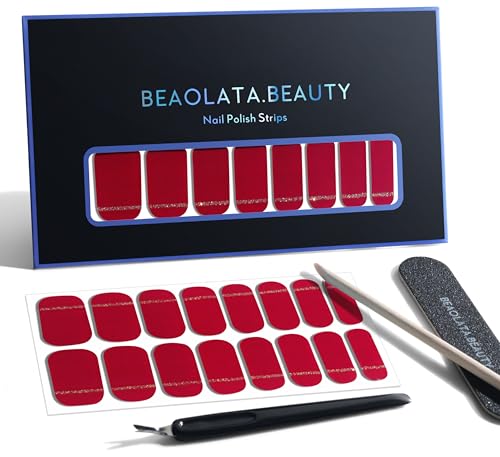Thanks for the tip. This actually reminds me that it was your beginner winemaking process on your site that was the first and possibly only time I've seen someone say to cover the primary fermentation bucket with a towel. Everywhere else I look has a lid with an airlock valve. In a short time I've come to really trust the advice on this forum, but it seems soooo counter to everything else I've seen or read. You keep a towel on throughout all of fermentation (up to 14 days)? How can I tell if fermentation is done if not for watching the "bubbles" in the airlock. Maybe I'm misunderstanding something here.
It seems that most blogs and videos parrot the major kit vendor instructions. Keep in mind that YOU are the target audience for those instructions -- people like Bob and me and the others who have responded are not.
Kit vendors have a vested interest in repeat business, so the instructions are as simple as possible, and geared towards a beginner who has no experienced help making a good wine on the first try -- and every try. In that light, it's typical for the instructions to say "snap down the lid" because that reduces or eliminates problems, even though it's not the best for the yeast. It's a trade-off, and I actually agree with the kit vendors on that.
But that's not exactly you. YOU have dozens of experienced winemakers on your side. For every person that responds, there are dozens who read the post and don't respond 'cuz someone else has addressed it.
Next topic -- bubbles in an airlock tell you nothing useful. The bubbles may be active fermentation, or degassing, or temperature/barometric changes, or something else.
@Ohio Bob was spot on -- use your hydrometer.
And lastly -- I've been making wine for over 40 years, but my method is not static. I pay attention to ideas and developments, and I change things when it is to my advantage. I don't change quickly or easily -- I need to be sure a change is a good choice.
A bit over 3 years ago I made my first FWK, a
Barbera. At that time the FWK instructions said to stir daily until the SG hits 1.020, then snap on the lid and leave the wine until Day 14 (from start). The idea is that the ferment will finish by Day 14, the gross lees will drop, and the wine is ready for racking.
I do this now, as it eliminates a racking. Prior to this, I pressed when fermentation was done, racked a week (or so later), and racked again in 3 weeks.
When anyone recommends a course of action,
ask "why?". Understanding why someone does what they do will help you decided what you want to do.














































